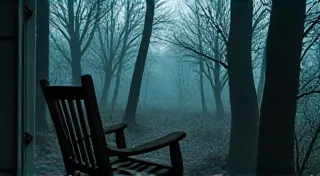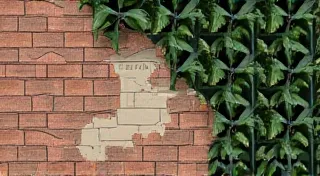The Cartographer's Ghost: Maine Postcards and the Shifting Geography of Memory
There’s a particular scent that clings to old postcards: a blend of aged paper, faded ink, and perhaps a whisper of the sea air they once carried. Holding one in your hand isn’t just examining a piece of printed ephemera; it’s holding a portal – a glimpse into a past where the world felt slower, more deliberate, and imbued with a certain formality. And when those postcards depict Maine, that sense of nostalgia deepens, entwined with the state's enduring appeal of rugged beauty and maritime heritage. They are, in essence, frozen moments in time, echoes of a Maine that both existed and was carefully constructed.
My own fascination began innocently enough, rummaging through a dusty antique shop with my grandfather. He wasn't a collector, per se, but he possessed a profound appreciation for history, and he seemed to believe that objects held stories – tangible testaments to lives lived. He picked up a postcard depicting Monhegan Island, the vibrant colors of the lobster boats a stark contrast to the deep greens and greys of the surrounding cliffs. “Look at this,” he said, his voice laced with a kind of quiet reverence. “People sent messages like this. Imagine the anticipation.” It wasn’t the image itself that captivated him, but the act of communication, the tangible connection across distance, now distilled into a faded rectangle.
A Shifting Landscape: Postcard Production and Maine's Image
The heyday of Maine postcard production ran roughly from the early 1900s to the 1930s, coinciding with the rise of affordable postal rates and mass tourism. The Golden Age of postcards was a fascinating period of artistic and technological advancement. The wet collodion process, followed by halftone printing, allowed for the relatively inexpensive reproduction of photographs, transforming the way people envisioned distant locales. Companies like the Detroit Publishing Company and the Valentine-Souvenir Company became prolific producers, commissioning photographers to capture Maine’s iconic landscapes – the rocky coastline, the dense forests, the quaint villages. These images, and the curated visions they presented, significantly shaped public perception. It’s fascinating to consider how powerfully these visuals helped to construct “Maine” as a concept in the minds of people far beyond its borders; a process we might explore further in an article examining The Tourist's Gaze: Postcard Views and the Construction of Maine's Image.
But these weren't simply objective recordings. They were carefully curated visions. Consider the common tropes: sweeping vistas emphasizing grandeur, charming depictions of small-town life, and a pervasive sense of tranquility. The reality of Maine, of course, was often more complex. Hardscrabble farming, the harsh realities of the fishing industry, and the challenges of rural life were largely absent from these idealized portrayals. What was being sold wasn't necessarily the true Maine, but a romanticized version – a place of escape and renewal.
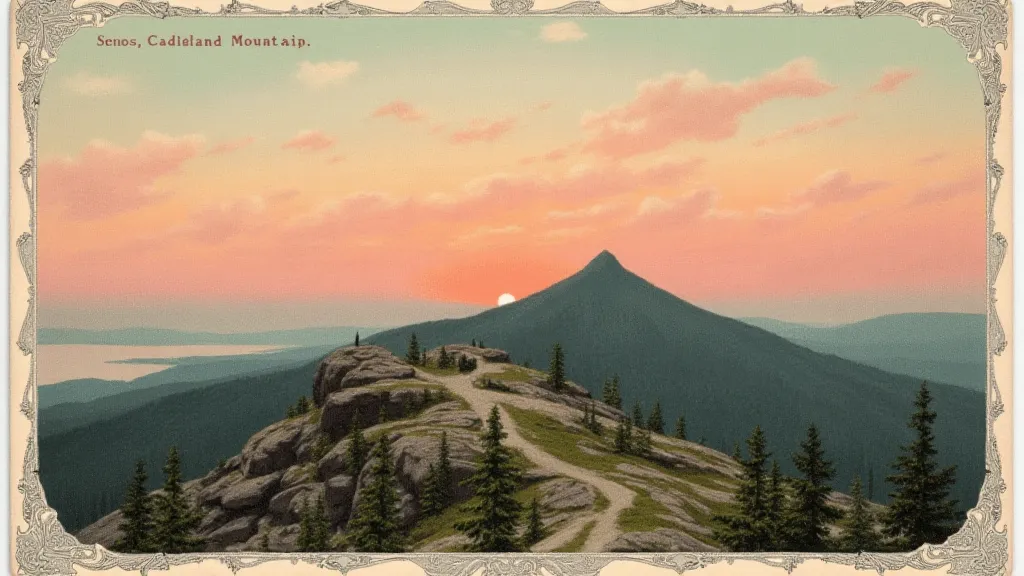
Craftsmanship and the Artists Behind the Image
Delving into the world of vintage Maine postcards isn’t just about appreciating the images themselves; it’s about recognizing the skill and artistry involved in their creation. The photographers – men like William H. Gardner and J.H. Laughlin – were masters of their craft, adept at composing scenes and capturing the drama of the landscape. The engravers, using techniques like photo-lithography, meticulously translated the photographs into printing plates. And the colorists, often working from hand-colored guides, added the final touches, enhancing the romantic appeal of the images. The process itself often obscured the quiet suffering and resilience of the individuals and communities that comprised the “real” Maine, contributing to a selective portrayal of the state’s identity.
The quality of the paper is another detail often overlooked. Early postcards were frequently printed on thick, textured card stock, a testament to a time when materials were valued for their durability. This contrasts sharply with the thinner, mass-produced cards of later decades. Examining the paper itself can tell a story about the postcard’s age and origin, offering clues to its production methods.
Messages and Moments: The Human Connection
Perhaps the most compelling aspect of vintage Maine postcards is the glimpses they offer into the lives of those who sent and received them. The brief messages scrawled on the backs – “Having a wonderful time!”, “Wish you were here!”, “The fishing is good!” – are miniature time capsules, connecting us to the hopes, dreams, and everyday experiences of people long gone. Reading these messages is like eavesdropping on conversations across the decades, participating in moments of connection that transcended distance and time. These fragments of correspondence offer poignant insights into the emotional landscape of a bygone era, and how personal loss and hardship were often silently navigated—a theme beautifully explored in The Echoes in the Tintype: Maine Postcards and the Silent Narratives of Loss.
Sometimes, the messages are poignant, filled with longing or regret. Others are humorous or playful. But always, they are infused with a sense of human connection – a reminder that even in a rapidly changing world, the desire to share our experiences and maintain relationships remains a constant.
The Cartographer's Ghost: A Constructed Identity
The accumulation of these images, these messages, has had a profound impact on how Maine is perceived. The consistent portrayal of a picturesque, tranquil landscape reinforced a specific notion of the state’s identity – one that, while undeniably appealing, also glossed over the complexities of its history and the challenges faced by its people. The “Cartographer’s Ghost” isn't a literal specter but a representation of this constructed image, a vision imposed upon the landscape, shaping public perception and contributing to an idealized notion of Maine. It begs the question: to what extent did these carefully constructed narratives obscure or erase the voices and experiences of those who lived in Maine?
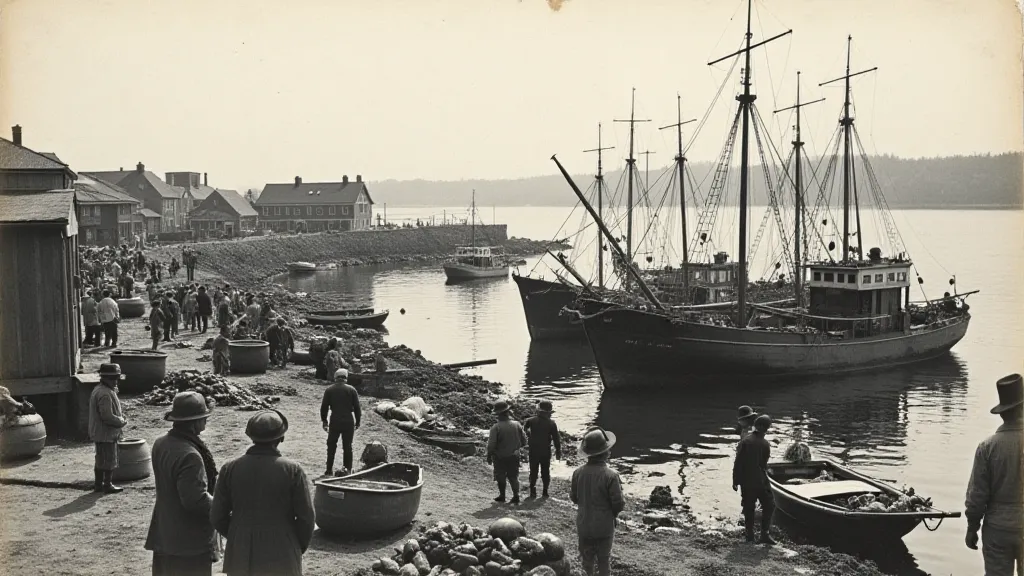
The Art of Communication: Handwriting and Connection
Beyond the imagery and the scenes depicted, the very act of handwriting on these postcards is a testament to a different era of communication. The elegant loops and flourishes of cursive script, the careful placement of ink upon paper – these were deliberate acts of personal connection. Modern digital communication, with its immediacy and brevity, often lacks the same sense of deliberate care and thoughtfulness. Examining the calligraphy itself, the subtle variations in penmanship, and the layout of the message on the card can tell us much about the writer’s personality and the relationship between sender and receiver. The choice of words, the tone, the overall presentation—these were all carefully considered elements of a more deliberate form of connection, a facet explored in greater detail within Ink and Echoes: The Calligraphy of Connection in Maine Postcard Correspondence.
Community and Landscape: Beyond the Grand Vistas
While the sweeping vistas and picturesque villages were certainly staples of Maine postcard imagery, a deeper understanding of the state’s identity requires looking beyond these idealized representations. The reality of Maine life was often shaped by the close-knit communities that dotted the landscape, the shared experiences of generations, and the challenges of making a living from the land and sea. These nuances are often absent from the grand narratives presented in the postcards, creating a skewed perception of the state’s character. These small towns, often overlooked in favor of grand vistas, possessed a unique cultural fabric, a sense of shared history and purpose, reflected in the unique traditions and local folklore. The idea of Maine as a collection of interconnected communities is a potent one, shaping local identities and reinforcing a sense of shared heritage; a narrative explored through the visual representation of community itself, similar to what might be seen in A Patchwork of Pines: Maine Postcards as Reflections of Community Identity.
Collecting and Preserving a Legacy
For those drawn to the allure of vintage Maine postcards, collecting isn't merely about acquiring physical objects. It’s about preserving a tangible link to the past, safeguarding a visual record of a bygone era. Many collectors specialize in particular themes—lighthouses, covered bridges, specific towns—building collections that tell unique stories about the state's history and culture.
Restoration, while tempting, is a delicate matter. Excessive cleaning or retouching can diminish the postcard’s historical value. Careful storage, away from direct sunlight and humidity, is the best approach to preservation. Embracing the imperfections – the faded colors, the foxing, the creases – is essential to appreciating the postcard’s authenticity and the stories it holds.
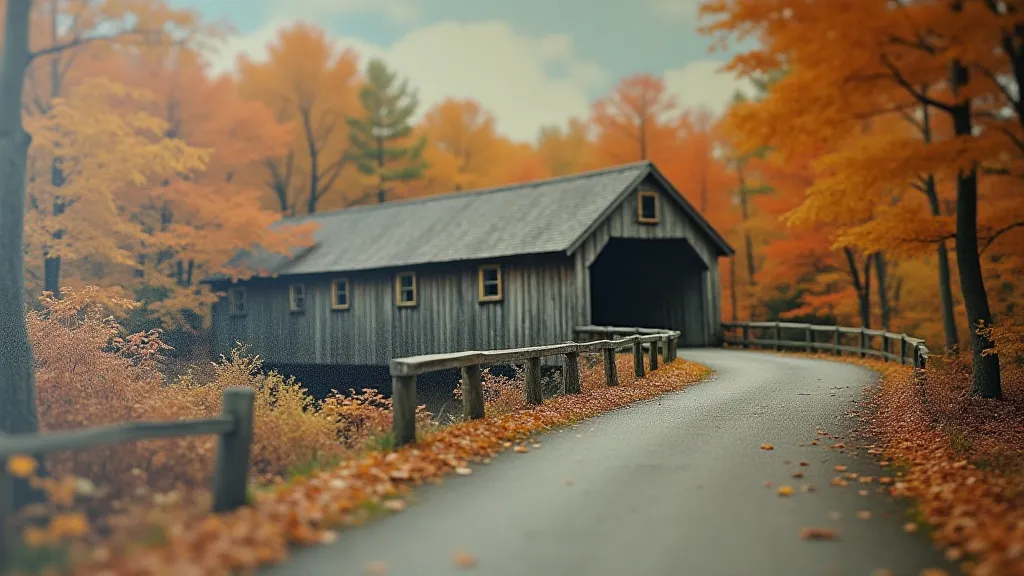
Holding a vintage Maine postcard is an act of connecting with the past – a chance to imagine the lives of those who sent and received them, to appreciate the artistry of a bygone era, and to reflect on the enduring power of images to shape our understanding of place. The Cartographer's Ghost lingers, reminding us that landscapes are not merely geographical entities, but carefully constructed narratives—visual echoes of a Maine that continues to captivate and inspire. The ongoing effort to understand and appreciate the complexities of Maine's identity requires us to look beyond the postcard image, to delve into the historical context, and to listen to the voices of those who have shaped the state’s unique character.

